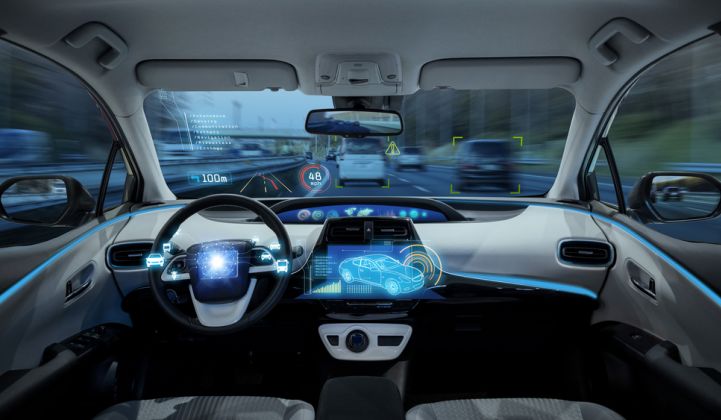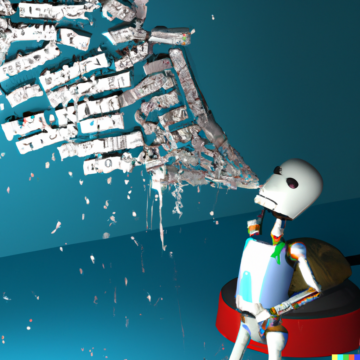Autonomous Vehicles or driverless cars don’t seem to be deterred by recent accidents. AVs are finding acceptance. Last year, Dubai police introduced AI-smart driverless patrol cars for enhanced security. This month, Waymo started driverless rides for its employees before it opens them for the public.
Throughout 2023, the news hasn’t been good for robotaxis, with several accidents and life threatening situations. AV companies are struggling to build business amidst such incidents as their image can come across as carelessness. They must build trust among the consumer if they expect disruption in the sector.
As the MIT Technology Review says, “In addition to restoring public trust, robotaxi companies need to prove that their business models can compete with Uber and taxis.”
Companies are trying to mend reputations. After the unfortunate January incident, where an AV from Cruise dragged a pedestrian for 20 feet, the Robotaxi maker has hired a safety officer to oversee its functioning.
In addition to restoring public trust, robotaxi companies need to prove that their business models can compete with Uber and taxis
MIT Technology Review
Going ahead, AV companies must take the decision-making of self-driving vehicles much more seriously, applying ethics to the functioning. According to a study by the Institute for Ethics in Artificial Intelligence, Technical University of Munich, when it comes to applying ethical theories to the decision-making of self-driving vehicles, no single theory is sufficient to meet all social, moral or legal, and functional considerations. Instead, hybrid approaches are necessary to counteract tradeoffs.
These AVs “are not merely means to ends (i.e., a way for individuals to get from one place to another) nor value-neutral. Instead, they are bearers of morality, not only because they mediate safety and fairness aspects for individuals in traffic at all, but because they do so bounded by the visions of the designers that are (implicitly) inscribed into technology”
In fact, the study says that these AVs “are not merely means to ends (i.e., a way for individuals to get from one place to another) nor value-neutral. Instead, they are bearers of morality, not only because they mediate safety and fairness aspects for individuals in traffic at all, but because they do so bounded by the visions of the designers that are (implicitly) inscribed into technology.”
Innovation in this regard has been on. Last September, researchers from MIT came up with an efficient computer vision model that simplifies the computational complexity of viewing objects for AVs. Their model allows more accurate semantic segmentation than general in real-time on a device with limited hardware resources, such as the on-board computers that enable an AV to make split-second decisions.
MIT’s model series for high-resolution computer vision performs almost nine times faster than others on a mobile device. This technique can aid AVs make decisions in real-time, while improving the efficiency of other high-resolution computer vision tasks, such as medical image segmentation.
Read more: Not kidding: Many Indian women & couples who don’t want children are open to consider egg freezing
And now Tesla is bringing ChatGPT to AVs. The new AI system acquires driving knowledge by going through billions of video frames that show human driving behaviour, which may be helpful. Based on studies showing how the personality of the user promotes their online experience, a study suggests that if the travel experience in an autonomous car was individualized to fit the personality of the user, people would relate to it with more confidence. And ChatGPT could help with that.
Despite so much ado, the fact remains that driverless cars are probably in charge of one of the most significant aspects of human life. Even humans wait almost two decades before they’re allowed to drive. Should we wait a little more before allowing machines to take us places? After all, lives are at stake.












